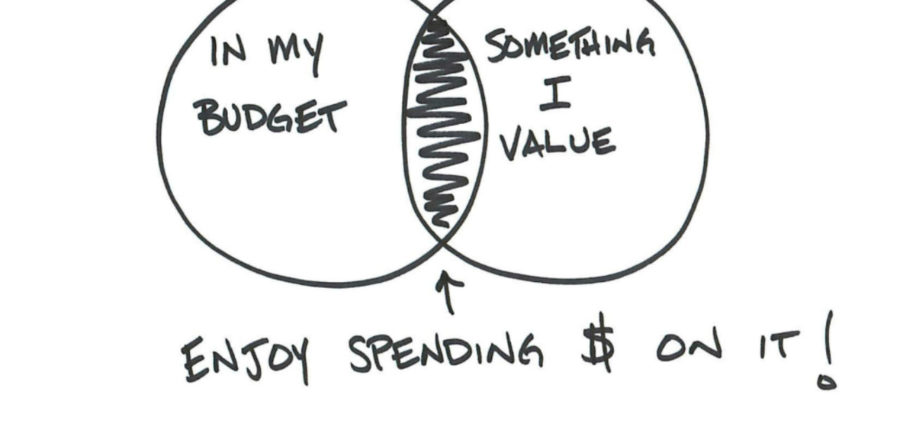The following was written by My Collaborative Team member, Kenneth Klabunde, CPA
During a pre-meeting call this week, our Collaborative team of professionals wisely identified a roadblock that was about to step right in front of our client progress -- an unrealistic spending plan was rapidly becoming an immovable set of positions.
So we're moving to a "spend it however you want to spend it" version of the plan, which is probably where we should have started.
The Challenge With Budgets
I love tracking our family spending and budgeting, and can tell you what we spent on groceries in November 2013, to the penny. I also believe that some level of this type of information is incredibly valuable to families as they work toward forming two separate financially-secure households.
The problem lies in that very few families have any idea how much they spend in the various categories we itemize for them. And the higher the family income, the less likely they are to know this type of information -- it just isn't necessary for high income households to practice budgeting.
Understanding the nuances of household spending has a steep learning curve. Biweekly vs. semimonthly income, gross pay vs. take-home pay, translating random gas fill-ups and car repairs to a monthly or weekly average, non-recurring expenses, and more. Not to mention how all of these will change as a client transitions to a single household (possibly for the first time ever). It's not easy, unless you already do it.
There's a reason the budget worksheet is always the last item clients provide to me, if ever. Is the divorce process the right time to learn line-item budgeting? Or is there a better starting point?
Top-Down Spending Plan
Once the bottom-up, line-item by line-item budget is out of the bag, it's tough to put it back in. It's also tough to get it right with a client that hasn't previously practiced budgeting. So it's prudent to start with a top-down spending plan -- you can always dive into the detailed budget later if it proves to be helpful.
Of course, if there are children involved, we're doing a line by line budget for the kids' everyday and extraordinary expenses. The simplified process is for the total household spending plan.
The top-down plan communicates the following:
"You have $9,200 of monthly income net of taxes and support. Your fixed expenses -- rent, payments, etc. -- is $3,450. And you have $1,250 of monthly expenses for the kids. Is $4,500 per month enough for the other things you want? -- You can spend it however you want to."
Many clients will breathe a sigh of relief at this empowering plan, and it will lead to great conversations. Then, if needed, we can take a closer look at some of the discretionary spending items.
And it's a radically better conversation than the all-too-common discussion, "What can we cut from these line-items to make your budget work?”

Kenneth Klabunde, MSFP, CFP®, CDFA®
Kenneth is the founding principal of Precedent Financial Strategies and is a Collaborative financial neutral specializing in the finances of divorcing physicians. He serves clients throughout the United States, and those living in the Cincinnati and Indianapolis regions. Kenneth can be reached at https://precedentstrategies.com




Excellent!
This is so helpful! As a “no budget” human, I do find it hard to ask clients to do the bottom-up budget!!!
I agree with this. Do you have thoughts on how to do a top down plan for the spouse who hasn’t had any income for many years and will be relaunching their career? I’m thinking of situations where there will not be child support due to grown children and they don’t qualify for spousal maintenance.
Excellent paradigm shift!